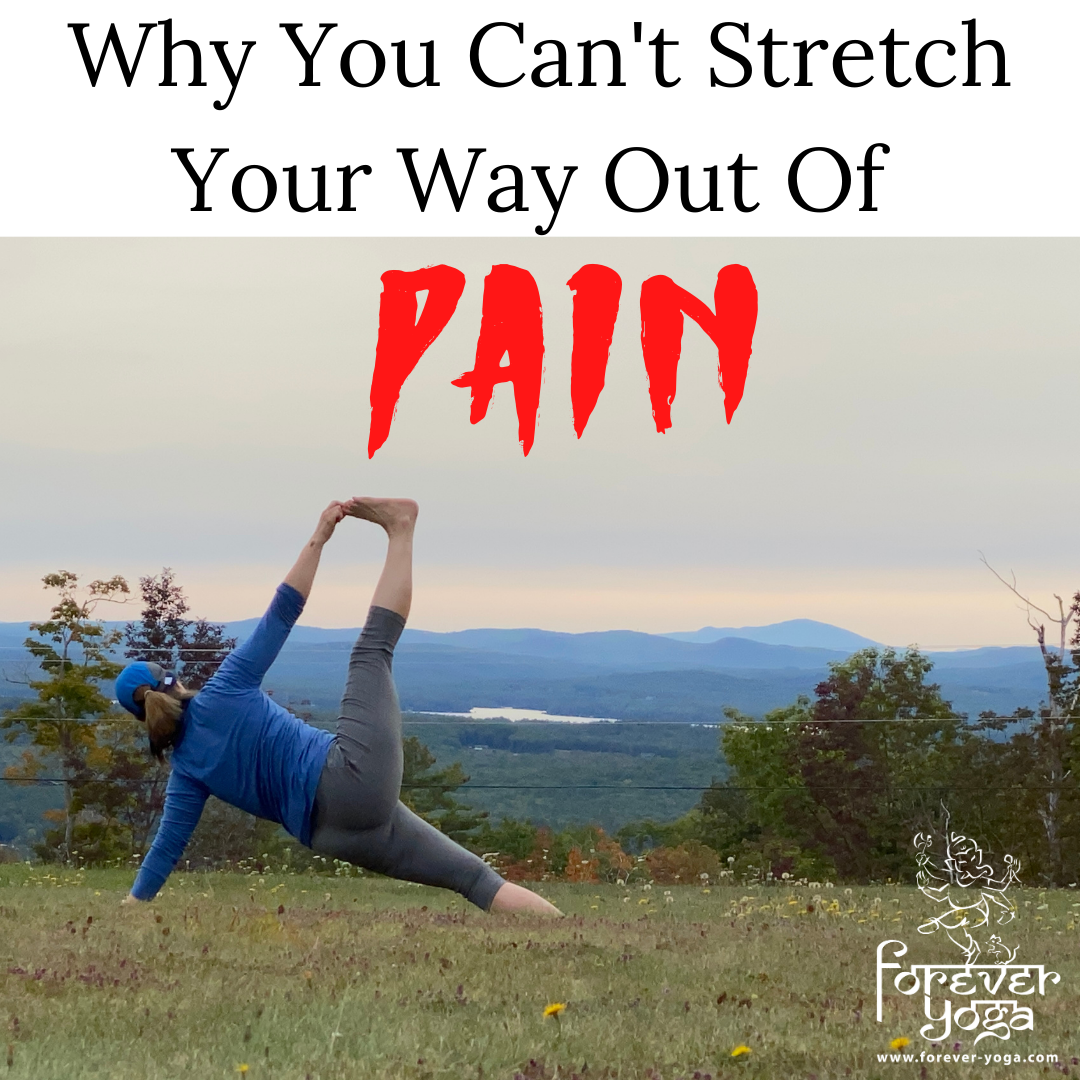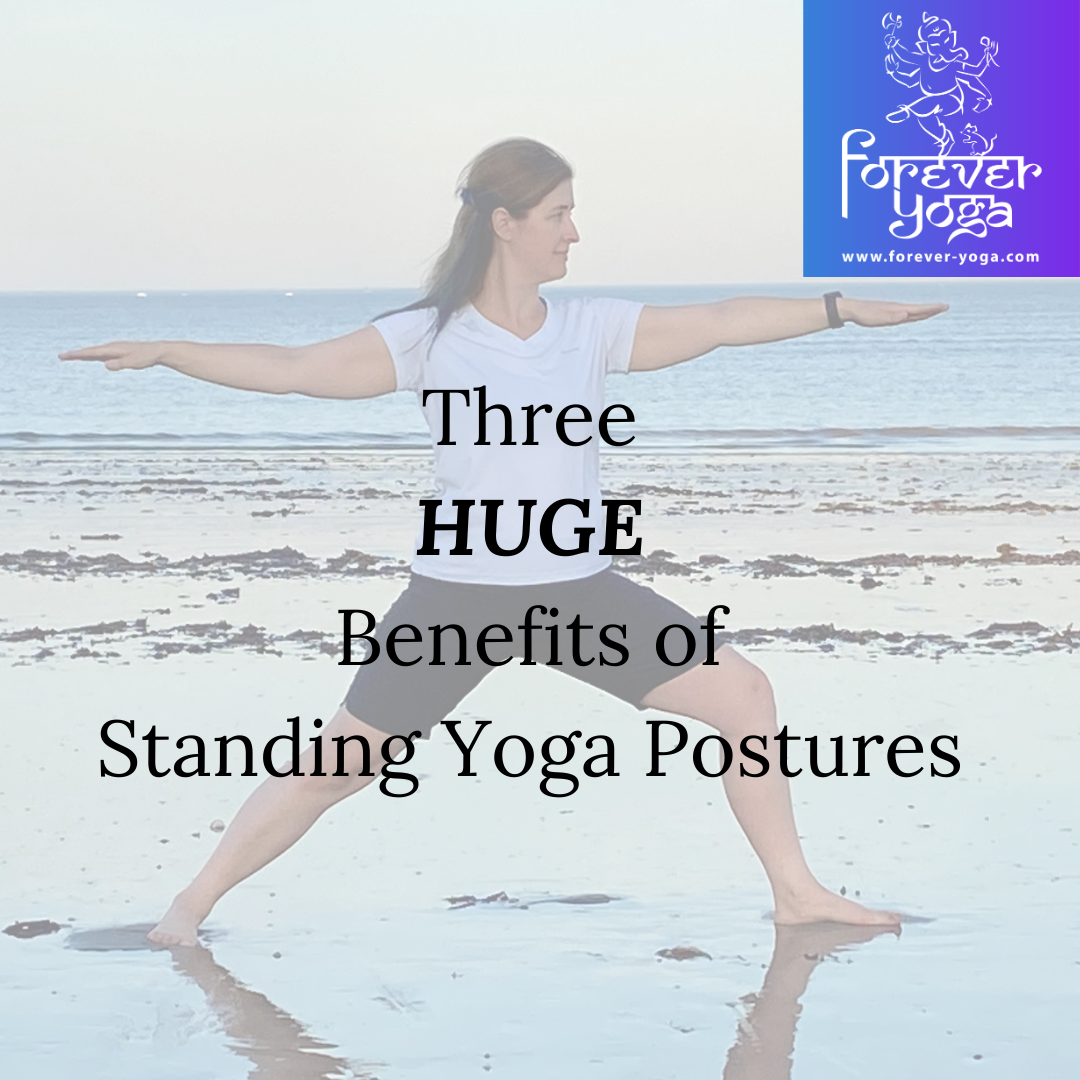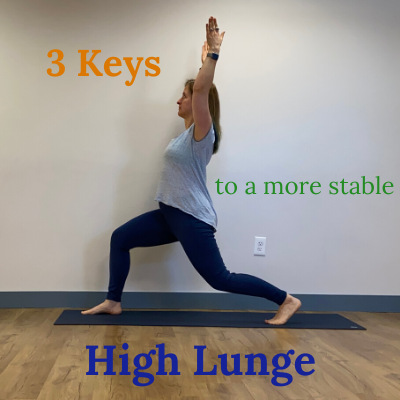Why you might want to let go of that next Vinyasa...
/If you’ve been to any vinyasa yoga class at our studio you have probably been reminded in one way or another that you can skip the vinyasa (that series of linked together poses that goes down dog, plank, chaturanga, up dog & down dog) at any time. Even though we often say it, you may wonder, what should you do instead? Child’s pose is often offered as an option, but have you ever thought about some of the many other options or why they might be more appropriate for you? In this post I’ll attempt to give you a verbal and visual guide to some options you may not have thought of when it comes to modifying this often found sequence of postures beyond just taking a break.
When thinking about how you might want to modify this sequence of postures, it’s good to think about your specific goals for your practice. It’s easy to get stuck on autopilot in anything that we do repetitively, and this sequence definitely shows up in so many public classes! When we can let go of our preconceived notions of what our practice “should be” and do what’s best for ourselves in a given moment in time, we are much more aligned with what it truly means to “do yoga”. One of my favorite definitions of yoga is that “yoga is skill in action”. By taking a small amount of time to know why we’re doing something, we’ll be all that much more skillful in our outcomes.
In a public class setting, this is even more important. Your teacher is doing their best to make the practice accessible to the whole group, but only you know what is best for you. Today could be a very different day in your body than yesterday was. The particular sequence the teacher is working with could present a very different set of challenges to your body than it does for the person next to you. You always have agency over your practice, so (within reason and with guidance) these decisions are up to you in a given moment.
So what are some reasons you might want to skip or modify the vinyasa sequence?
You have a specific area of your body that you need to work with in a certain way (think strength vs. flexibility)
You have pain or an injury that requires modification
You want to challenge yourself
You want to change things up a bit to stay more mindful
You need more time to feel a certain pose in your body and make sure you’re doing it in a pain free way
You’re focused on controlling your breathing and you find this series of movements too taxing at this point in your practice (whether that point is this month or this moment) to maintain your breath through them
You want to maintain the integrity of your practice and the pace set by the class is not one you can follow at this moment
You just need a break for a moment after a particularly challenging last sequence
I’m sure you may think of many more reasons, but any of these reasons show that you are practicing “skill in action”. It is skillful to choose protection over blind following. It is skillful to recognize your strengths and weaknesses and to act to find balance.
So what can you actually do to practice in this way? Here are a few ideas for modifications of the sequence and some reasons behind them.
To avoid the vinyasa all together
Child’s pose - This is commonly offered as I mentioned above as a modification when you need a break. While that is certainly true there are some other reasons you might consider this option:
Your breath isn’t under your control
Your spine needs a forward fold after the previous sequence
Your shoulders need a break from habitual tension
It’s just a happy place for you. Nothing wrong with taking a moment to just feel good!
You can also tuck the arms alongside the legs here for an even more shoulder releasing option.
Stay in Down Dog - This is another option I’ll often offer as a modification because it can have strengthening effects, especially for the newer practitioner. Some other reasons to consider staying here are:
It’s not a restful pose for you yet and you need more time there (beginners often look at me like I have 3 heads when I mention this might become a resting pose someday! LOL)
You have wrist pain or injury that prevents you from bearing weight like you would in plank
You need to strengthen your wrists or forearms (gripping the mat with finger tips and even lifting the back of the hands alternately can be great ways to get this benefit here)
You want to strengthen instead of rest
This is a more active resting pose for you compared to child’s pose, so you still get some rest here but you don’t quite need child’s pose
Your calves and hamstrings could use a stretch
You need some time to find length in your spine after a previous sequence that included back-bending or forward-bending
Come Into and Stay In Plank - I only recently thought of this one myself! You may want to give this a go if:
You’re working on building upper body strength and core strength
Backbending isn’t feeling good due to injury (staying here can help strengthen your core to support your back if done with good alignment and engagement)
You aren’t yet warm enough to perform a backbend
You’d like to challenge yourself
You’re working on understanding the details of the pose (we tend to blow by this one rather quickly, this can be true for many postures in the vinyasa sequence in fact)
To modify the vinyasa itself
Skip the chaturanga - This is one of the most popular modifications for the vinyasa sequence. Chaturanga takes an incredible amount of strength, skill and awareness to perform well. Better to build strength and do one chaturanga well in a class than a bunch of sloppy ones that could cause injury over time. This is skill in action again.
To do this, drop your knees and roll down, maintaining core engagement and keeping the elbows hugging into the ribs while the shoulders relax. This will help build upper body strength over time, especially if you go slowly.
Choose a different back bend - Who says you have to do up dog?! There are a lot of great reasons to choose something else to work with in the sequence that will fit just as well (note that I didn’t say flip over and do bridge!). Here are some ideas:
Cobra is not as deep and doesn’t require as much upper body strength as up dog
Locust is a great back body strengthener and will also keep weight out of your wrists and shoulders if you have injury or pain there
You could also lift the hands in cobra to practice keeping the legs pressing and the spinal muscles working instead of using the hands to push up. This is a great modification to work with especially if you experience any back pain in the pose. It may help you figure out where you need to engage more for support or if up dog is just too deep for you at the moment.
You want to get more comfortable with a certain backbend. Repetition is the key to learning.
We do need to maintain the group class environment and this isn’t license to do anything you want at any time. But being able to skillfully modify your practice for YOU is key to a lifelong practice. And we want this to be a life long practice, don’t we??
Do you have other ways you modify this sequence? Or are there other reasons to modify that I may have missed? Leave a comment! I’d love to hear from you!









